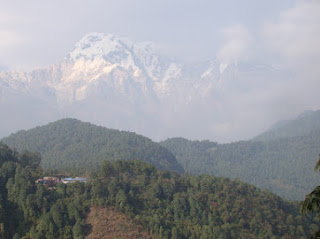Lessons from unexpected sources
It was some time in 1990-91. Working as a junior faculty in the division of Nephrology, I was busy. Setting up a new Nephrology unit with just one senior person supporting, most of my days and night were spend in the dialysis unit, much to the irritation of my wife! Busy with the job of setting up systems of the unit, seeing 8 to 10 patients on dialysis a day, seeing that their vascular access is in place, and decisions for dialysis are taken, there was not much time left over. Very minimal to listen or communicate to patients or families. Calls from casualty or other units of Medicine, where we would go see, diagnose renal failure, look out for indications for dialysis, have a quick chat with the family regarding the need for dialysis, and then rest was all standardized protocols. Patient comes into the unit, vascular access is put, 2 hours session 1, 4 hours session 2 onward, in between assessment will be done on the long-term plans and rest will be communicated over next few day
